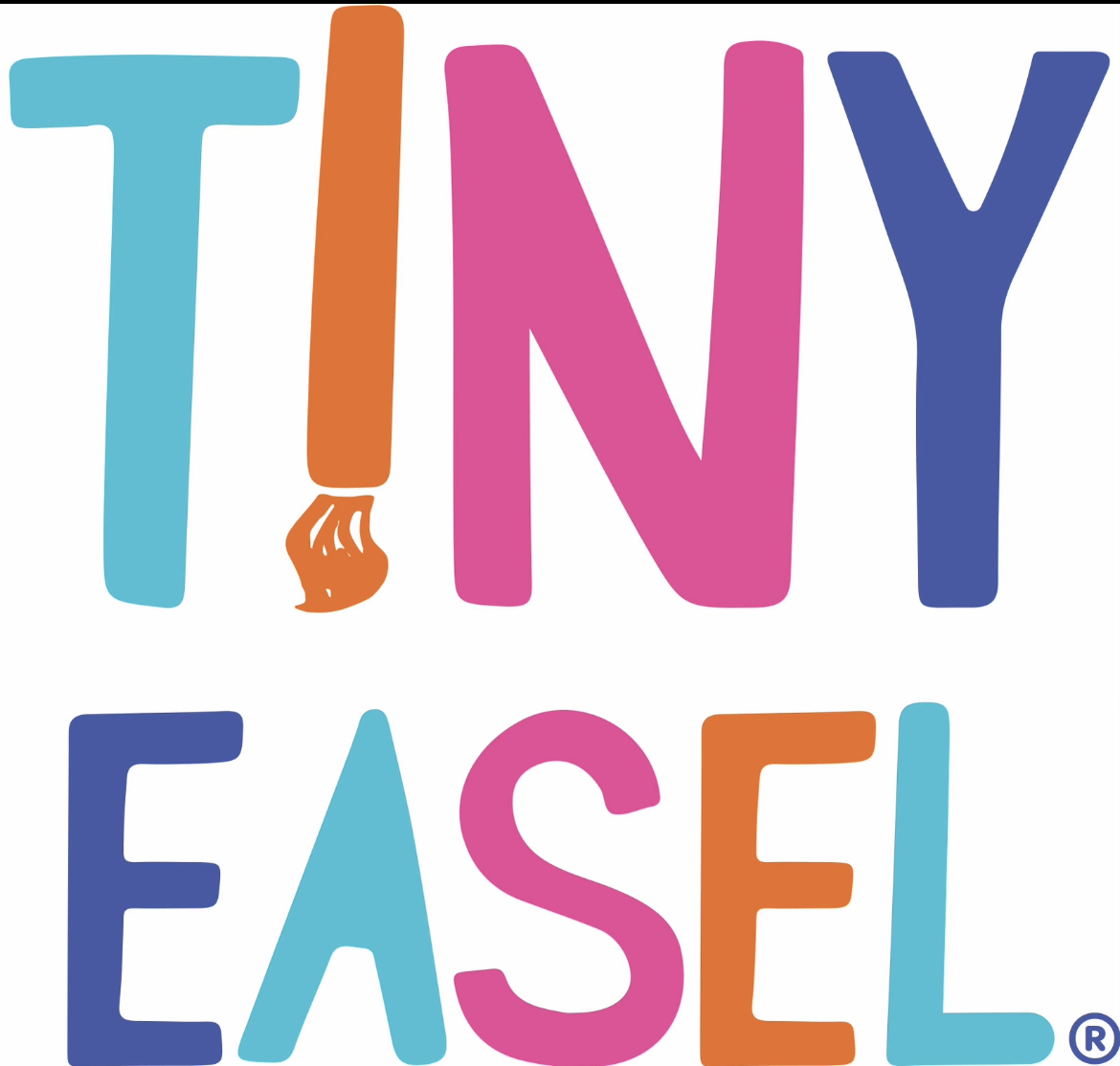Living a more eco-friendly lifestyle doesn’t have to be expensive or difficult. In fact, there are plenty of budget-friendly ways to make your home greener and reduce your environmental impact. Whether you want to save on energy bills, reduce waste, or create a healthier living space, making small changes around the house can lead to big differences. Here are some practical, cost-effective tips to help you make your home more eco-friendly without breaking the bank.
1. Switch to LED Light Bulbs
One of the easiest and most affordable ways to make your home more eco-friendly is by switching to LED light bulbs. LEDs use significantly less energy than traditional incandescent bulbs and can last up to 25 times longer. Although they may be slightly more expensive upfront, the energy savings and longer lifespan make them a smart investment in the long run.
By replacing all of the light bulbs in your home with energy-efficient LED bulbs, you can significantly reduce your energy consumption and save money on your electricity bill. Plus, LED bulbs are available in a variety of shapes, sizes, and color temperatures, so you can find the perfect lighting for any room.
2. Unplug Appliances When Not in Use
Many electronic devices and appliances continue to consume energy even when they’re turned off—this is known as “phantom” or “standby” power. To reduce this unnecessary energy consumption, unplug appliances and devices when they’re not in use, or use a power strip with an on/off switch to make it easier to disconnect multiple items at once.
Unplugging chargers, kitchen appliances, and other electronics when they’re not being used is a simple habit that can help lower your energy bills and reduce your carbon footprint. For added convenience, consider using smart plugs that can be controlled remotely, allowing you to turn off devices with the push of a button.
3. Use a Programmable Thermostat
Heating and cooling are some of the biggest energy expenses for most households. Installing a programmable thermostat is an affordable way to save energy and reduce your heating and cooling costs. A programmable thermostat allows you to set specific temperatures for different times of the day, ensuring that your home is only heated or cooled when needed.
By adjusting your thermostat to lower temperatures during the winter and higher temperatures during the summer when you’re not at home, you can reduce energy usage and save money. Many programmable thermostats are now available at reasonable prices, and they can make a big difference in your energy consumption.
4. Reduce Water Usage
Reducing your water consumption is an important part of living an eco-friendly lifestyle, and there are several budget-friendly ways to do so. Start by installing low-flow showerheads and faucet aerators, which can help reduce water usage without sacrificing performance. These devices are inexpensive, easy to install, and can lead to significant water savings over time.
Additionally, be mindful of your water usage habits—turn off the tap while brushing your teeth, fix leaky faucets, and take shorter showers. Small changes like these can add up and help conserve water while also lowering your water bill.
5. Seal Gaps and Drafts
Drafts and air leaks can make your home less energy-efficient, leading to higher heating and cooling costs. Sealing gaps around windows, doors, and other areas of your home can help improve insulation and reduce energy waste. Use weatherstripping and caulk to seal gaps and prevent cold air from entering during the winter or cool air from escaping during the summer.
These materials are affordable and easy to use, and they can help make your home more comfortable while also saving energy. By sealing drafts, you can reduce the workload on your heating and cooling system, which translates to lower energy bills.
6. Opt for Reusable Products
Reducing waste is a key component of an eco-friendly lifestyle, and one way to do this is by switching to reusable products. Invest in reusable shopping bags, water bottles, coffee cups, and food storage containers to cut down on single-use plastic. While there may be a small initial cost, reusable products can save you money over time and help reduce the amount of plastic waste that ends up in landfills.
You can also switch to reusable cloths instead of paper towels for cleaning and use cloth napkins instead of disposable ones. These simple swaps are not only better for the environment but can also help you save money in the long run.
7. Start Composting
Composting is a great way to reduce food waste and create nutrient-rich soil for your garden. You don’t need a large backyard to start composting—many small compost bins are available that are perfect for apartments or homes with limited outdoor space. Composting helps reduce the amount of organic waste that ends up in landfills, where it produces harmful greenhouse gases.
By composting kitchen scraps like fruit and vegetable peels, coffee grounds, and eggshells, you can create your own natural fertilizer for your garden or potted plants. Composting is an easy and budget-friendly way to reduce waste and contribute to a healthier environment.
8. Use Natural Cleaning Products
Many conventional cleaning products contain chemicals that can be harmful to both your health and the environment. Switching to natural cleaning products is an eco-friendly choice that doesn’t have to be expensive. In fact, you can make your own cleaning solutions using simple ingredients like vinegar, baking soda, and lemon juice.
These natural ingredients are effective at cleaning and disinfecting without releasing harmful toxins into your home. You can also purchase eco-friendly cleaning products that are free from harsh chemicals and packaged in recyclable or biodegradable containers. Making the switch to natural cleaning products is a simple way to create a healthier home environment while reducing your environmental impact.
9. Line-Dry Your Clothes
Using a clothes dryer consumes a significant amount of energy, so why not take advantage of the sun and air to dry your clothes instead? Line-drying your clothes is an energy-free way to dry your laundry, and it can also help extend the life of your clothes by reducing wear and tear caused by the dryer.
If you don’t have space for an outdoor clothesline, consider using a drying rack indoors. Line-drying is not only better for the environment but can also help lower your energy bills, making it a win-win solution.
10. Plant Native Plants
If you have a garden or outdoor space, consider planting native plants that require less water and are well-suited to your local climate. Native plants are more resistant to pests and diseases, which means you’ll need fewer pesticides and fertilizers to keep them healthy. They also provide important habitat for local wildlife, such as birds and pollinators.
Planting native plants is a budget-friendly way to create a beautiful, low-maintenance garden that supports local ecosystems. Plus, by reducing the need for excessive watering and chemical treatments, you can save both money and resources.
11. Make Use of Second-Hand Items
When furnishing your home or looking for household items, consider buying second-hand instead of new. Thrift stores, online marketplaces, and garage sales are great places to find gently used furniture, decor, and appliances at a fraction of the cost. By choosing second-hand items, you’re not only saving money but also reducing the demand for new products, which helps conserve resources and reduce waste.
Upcycling is another great way to give old items new life. With a little creativity, you can transform old furniture or decor into something unique and functional for your home. Making use of second-hand items is an affordable and eco-friendly way to furnish your home while reducing your environmental footprint.
12. Grow Your Own Herbs
Growing your own herbs is a simple and budget-friendly way to make your home more eco-friendly. Herbs like basil, mint, and parsley can be grown in small pots on a windowsill, and they provide fresh, organic ingredients for your cooking. By growing your own herbs, you can reduce the need to buy packaged herbs from the store, which often come in plastic containers.
In addition to saving money, growing herbs can improve air quality in your home and add a touch of greenery to your living space. It’s a small but impactful step toward creating a more sustainable lifestyle.
Making your home more eco-friendly doesn’t have to involve major renovations or expensive upgrades. By implementing these budget-friendly tips, you can create a greener, healthier living space while saving money and reducing your environmental impact. Every small change adds up, and together, we can make a difference for the planet.








